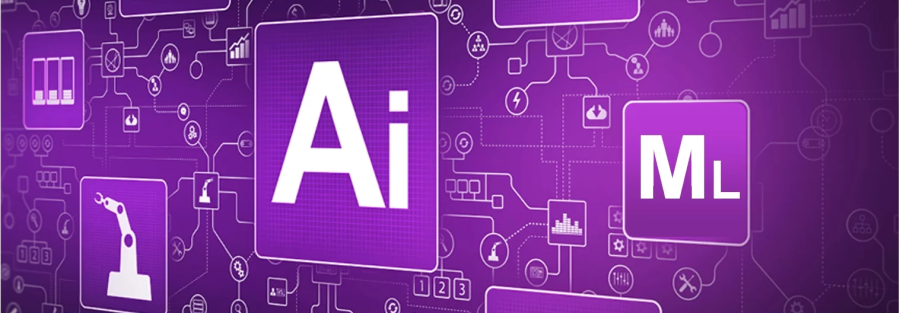AI can play a significant role in solving complex project portfolio prioritization challenges by leveraging data-driven insights, predictive analytics, and automation.
Here are ways AI can help address these challenges:
Data Aggregation and Integration
Challenge: Organizations often have project-related data scattered across various departments and systems, making it challenging to obtain a holistic view of the project portfolio.
AI Solution: AI can automate data aggregation and integration from multiple sources, including project management tools, financial systems, and resource databases. This consolidated dataset becomes the foundation for informed decision-making.
Data Quality and Cleansing
Challenge: Poor data quality, such as incomplete or inaccurate information, can lead to unreliable project portfolio assessments.
AI Solution: AI algorithms can identify and cleanse data anomalies, ensuring that the data used for prioritization is accurate and consistent. This improves the reliability of decision-making.
Project Scoring and Ranking
Challenge: Prioritizing projects based on multiple criteria, such as strategic alignment, ROI, risk, and resource availability, can be complex and subjective.
AI Solution: AI-driven algorithms can assign scores and rankings to each project based on predefined criteria. Machine learning models can learn from historical project data to refine scoring and ranking over time, considering changing priorities and conditions.
Resource Allocation Optimization
Challenge: Efficiently allocating limited resources to projects while considering conflicting demands is a common challenge.
AI Solution: AI can optimize resource allocation by analyzing resource availability, project timelines, dependencies, and strategic objectives. It can suggest resource allocation strategies that maximize portfolio value and minimize bottlenecks.
Scenario Analysis
Challenge: Organizations may need to evaluate multiple scenarios and what-if analyses to make informed decisions about project prioritization.
AI Solution: AI can simulate various scenarios by adjusting project parameters and constraints. This enables organizations to assess the impact of different project combinations and resource allocations on portfolio outcomes.
Risk Assessment
Challenge: Assessing and mitigating project risks is crucial for portfolio prioritization, but it can be time-consuming and complex.
AI Solution: AI can predict project risks by analyzing historical project data, external factors, and industry trends. It can provide early warnings and suggest risk mitigation strategies for each project in the portfolio.
Real-time Monitoring and Adaptation
Challenge: Portfolio priorities may need to change dynamically based on shifting business conditions.
AI Solution: AI continuously monitors the portfolio, taking into account real-time data and external factors. It can trigger alerts and recommend portfolio adjustments as needed to align with strategic goals.
Stakeholder Engagement
Challenge: Engaging stakeholders and obtaining their input on project prioritization can be time-consuming and challenging.
AI Solution: AI-driven tools can facilitate stakeholder engagement by providing intuitive interfaces for stakeholders to input their preferences and constraints. These inputs can then be factored into the prioritization process.
Visual Analytics and Reporting
Challenge: Communicating portfolio prioritization results effectively to stakeholders requires clear visualizations and reports.
AI Solution: AI can generate interactive dashboards and reports that provide stakeholders with a visual representation of portfolio prioritization outcomes, making it easier to understand and act upon the results.
By harnessing the power of AI, organizations can enhance their project portfolio prioritization processes, make more data-driven decisions, optimize resource allocation, and adapt to changing circumstances effectively. This, in turn, can lead to improved strategic alignment, better project outcomes, and increased overall efficiency.

